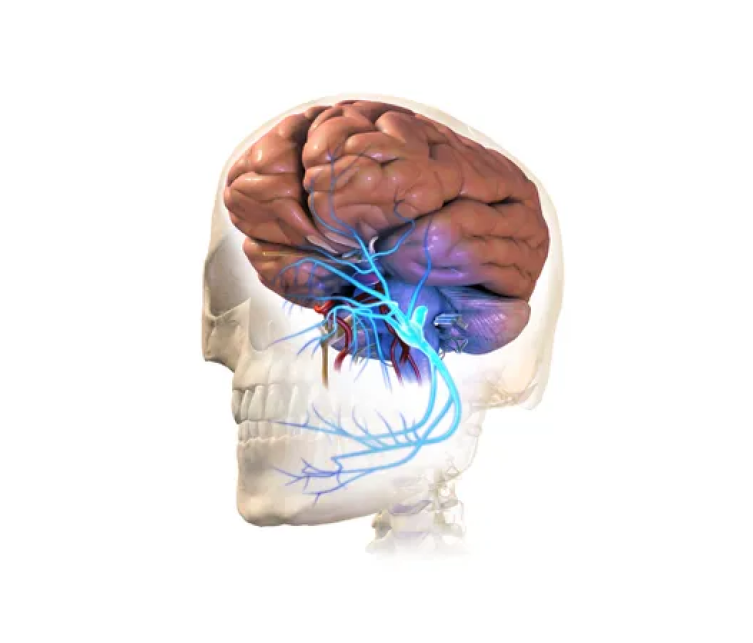What is post herpetic neuralgia? Have you had chicken pox?
If you did, some of you may get shingles later in your life. This virus doesn’t go away after recovering from Chicken Pox and can live in the base of your nerves. Your immune system can’t get to it while it is in your nerves, and it doesn’t harm you while it is dormant. It is not possible to clear out this virus from your system completely.
Shortening the duration of shingles or reducing the chances of getting shingles in the first place, can also decrease the risk of forming post herpetic neuralgia. It is possible to prevent getting shingles by taking a shingles vaccine. It is recommended for those over 60 years old but others can take it too. It is also possible to reduce the duration of shingles by taking antiviral medications at the first sign of shingles such as Acyclovir (Zovirex), valacyclovir (Valtrex), or famciclovir (Famvir).
Shingles can occur if there is an immune system stress. If your immune system becomes compromised, the dormant virus wakes up and travels along the nerve until it reaches the skin. While traveling along the nerve, it can damage it. This is what causes the prickling or burning sensation and pain. It is usually accompanied by a blistering rash once the virus reaches the skin. It usually involves only 1 side of the body and follows a nerve. It is most common on the chest area but can occur anywhere including the face. Once the rash goes away, the pain does as well. In some, the pain can persist due to the damage of these nerve endings and this is what is known as post herpetic neuralgia.
We don’t know who will develop this persistent post herpetic neuralgia. However, we do know that early treatment can shorten the length of time that someone has this type of pain.
Some common treatments options for this are:
Topical Lidocaine patches: Applied to the affected area of skin, lidocaine, a local anesthetic can numb the painful area.
- Anti-seizure medications: including gabapentin (Gralise, Horizant, Neurontin) and pregabalin (Lyrica), can lessen the pain of postherpetic neuralgia. These medications work by calming down irritated and damaged nerves. These medications are not immediate and usually take up to 2 weeks for the effects to be felt.
- Anti-depressants: such as nortriptyline (Pamelor), amitriptyline, duloxetine (Cymbalta) and venlafaxine (Effexor XR) can affect key brain chemicals that play a role in both depression and how your body interprets pain.
- Prescription capsaicin patches: These patches contain a very high concentration of the chili pepper extract capsaicin. The capsaicin patch Qutenza is applied in a doctor’s office for one hour every three months.
- Opioids: In rare cases, some people might need prescription-strength pain medications containing tramadol (Ultram), hydrocodone, oxycodone (Percocet) or morphine.





